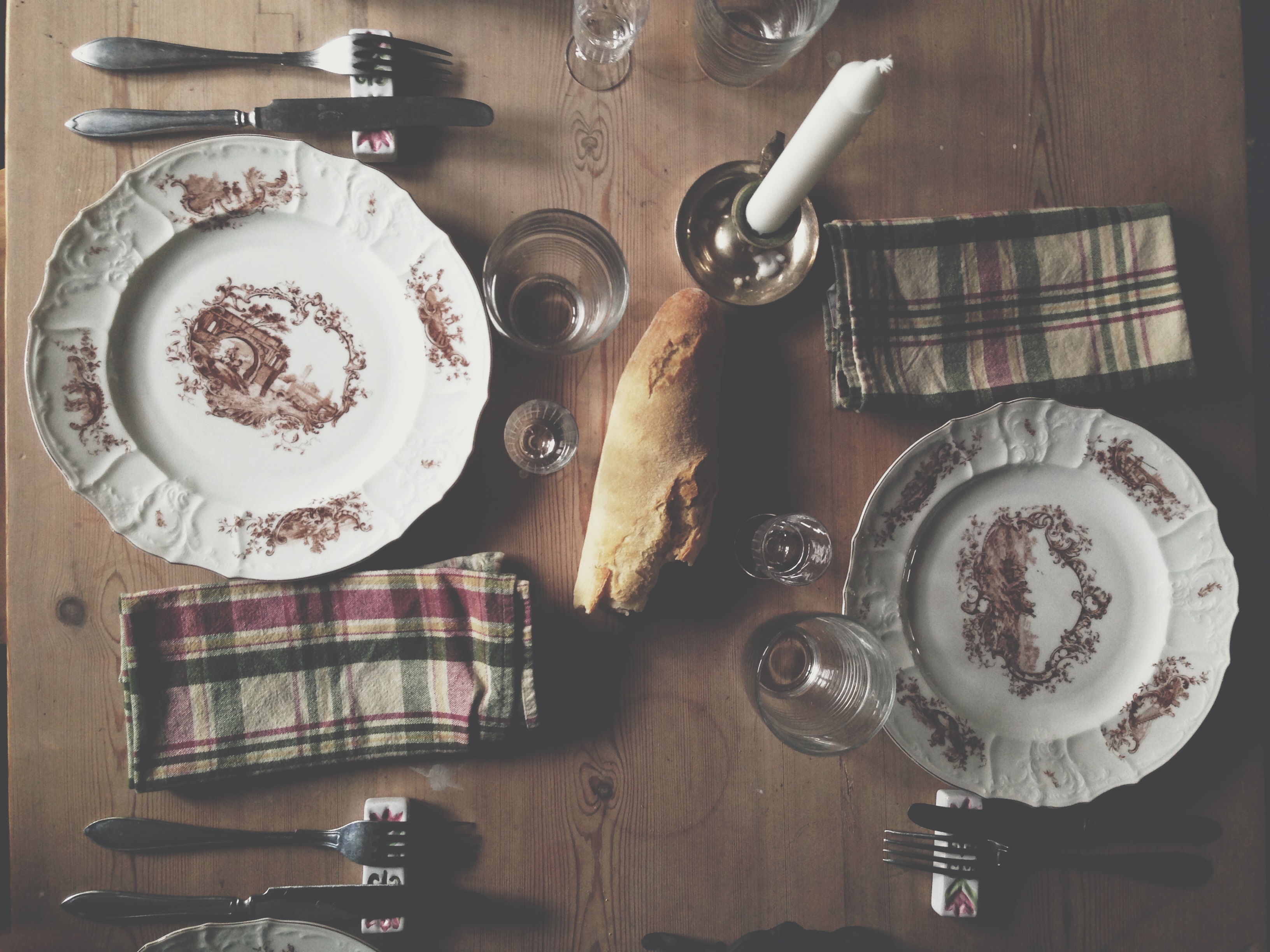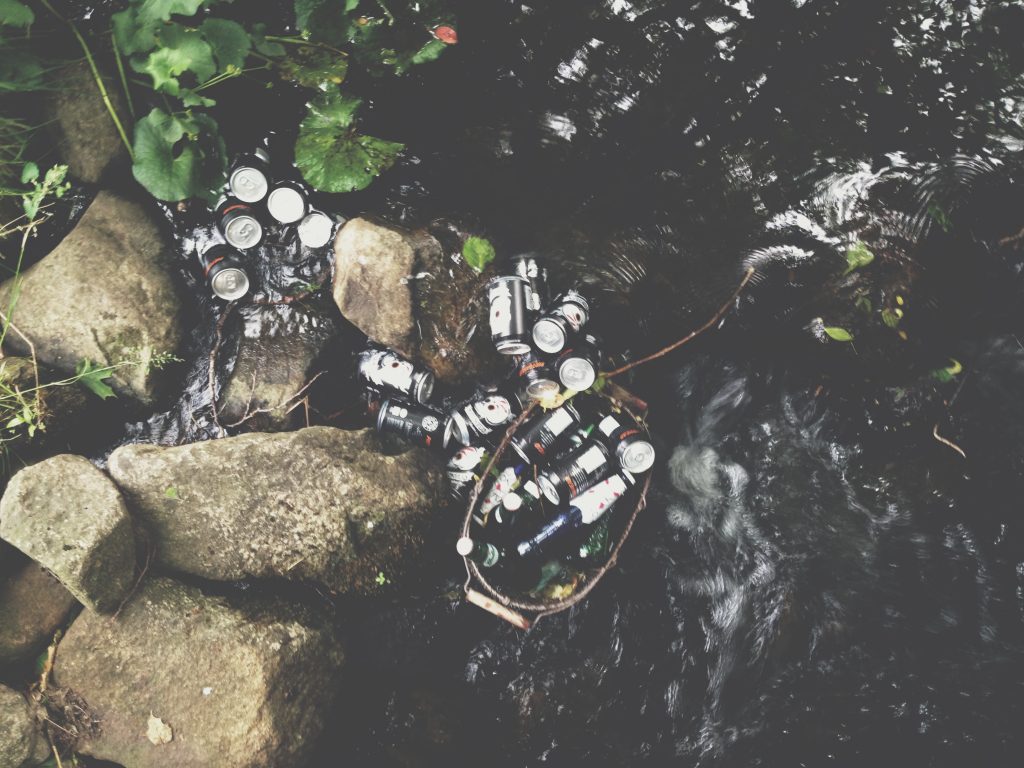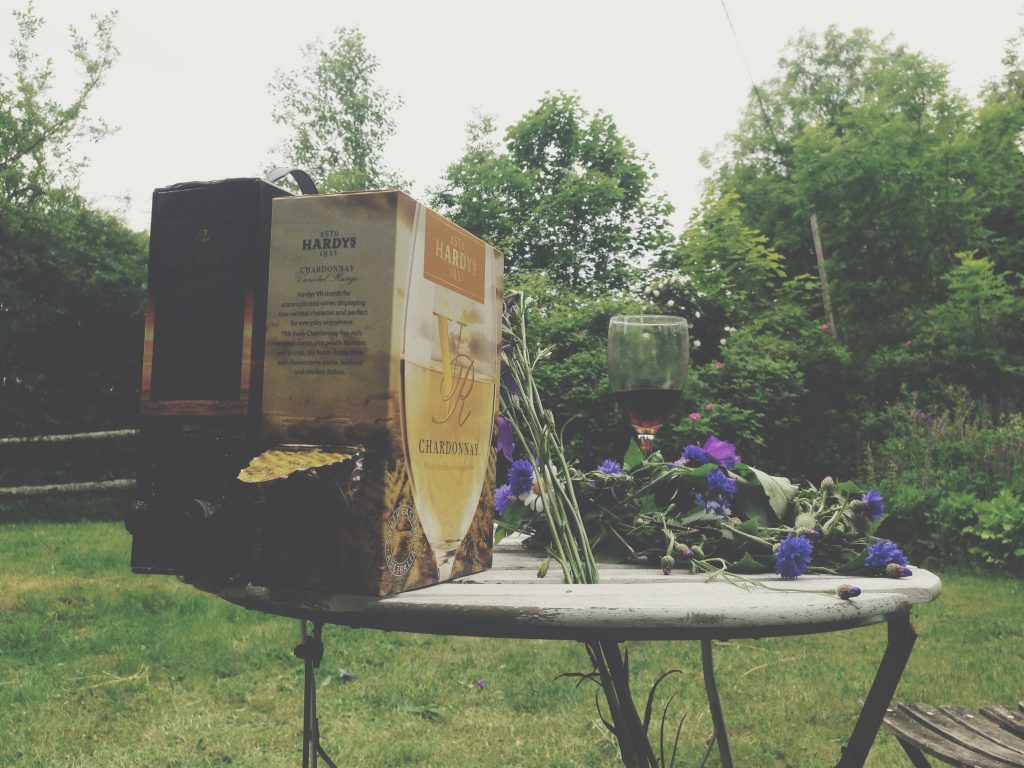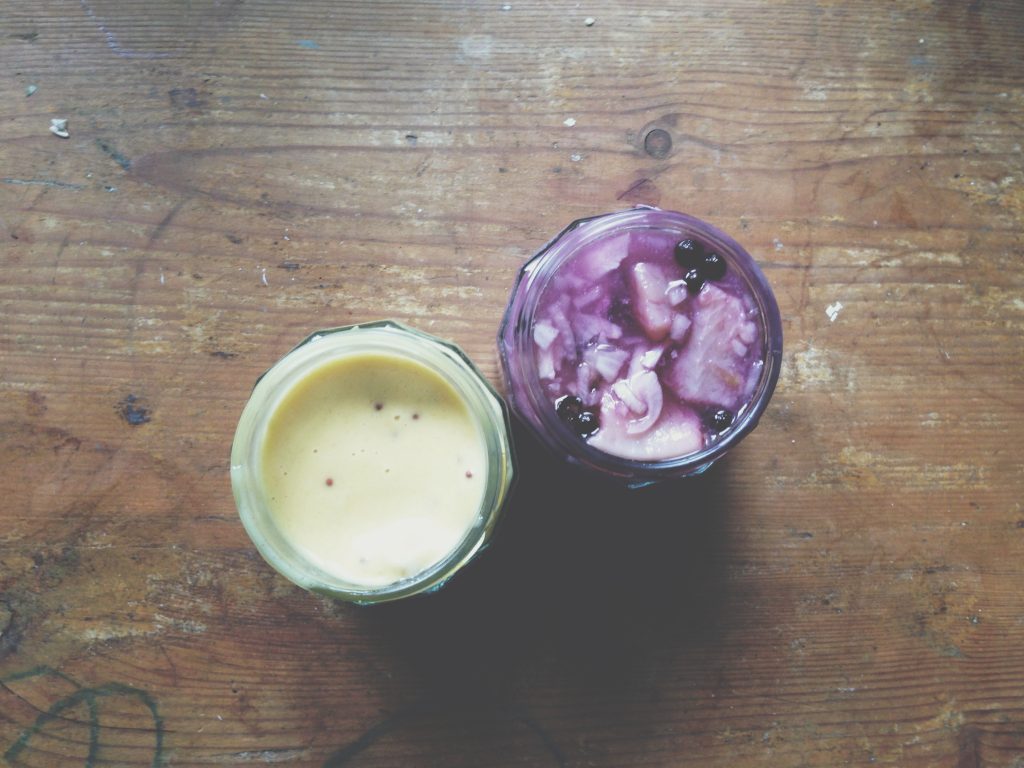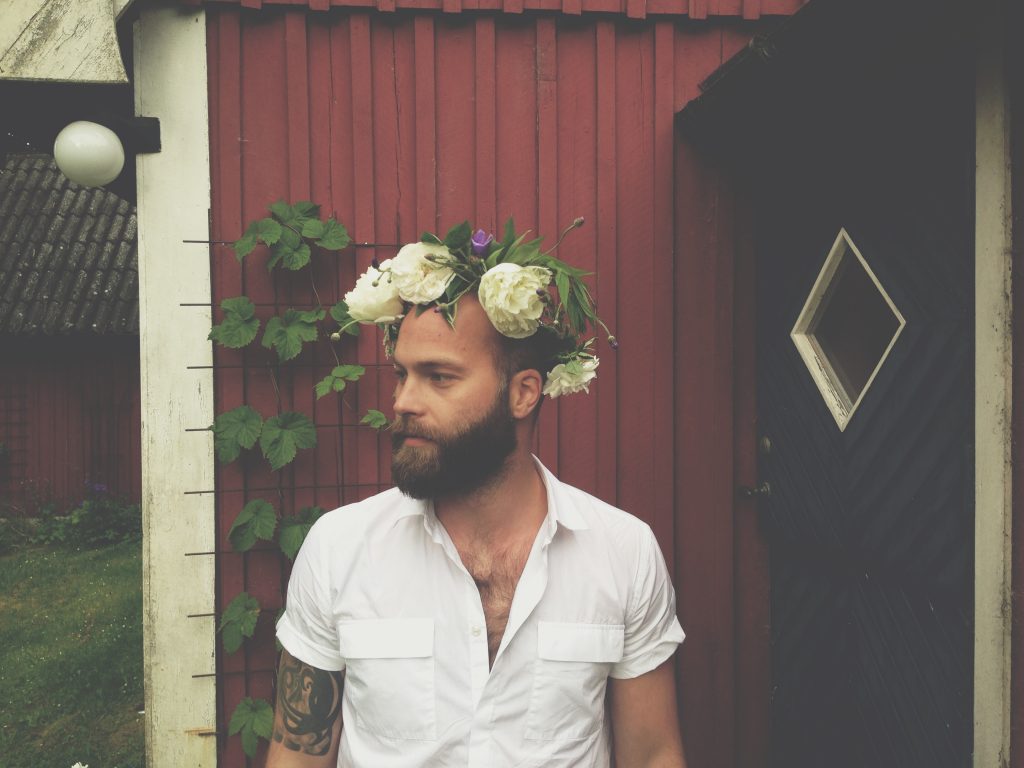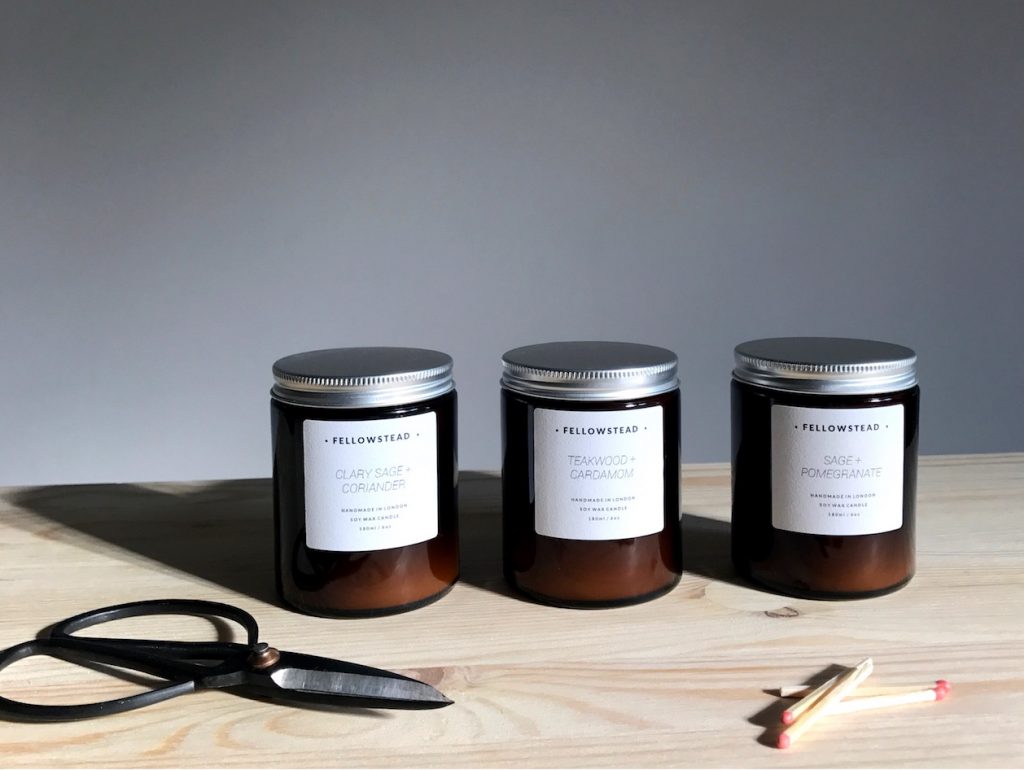As a Frenchman living in Sweden – and one who is newly bestowed with the honour of Swedish citizenship – the expectations of a Swedish midsummer are high. This is an occasion second only to Christmas when it comes to an excuse to drop everything, meet with your friends and family and make merry like there’s no tomorrow. But as a relative newbie, I wanted to be prepared, I wanted to understand what this day means to the Swedes and why they celebrate it – to be honest, the nationwide participation came to me as a bit of a culture shock.
Do we even have an equivalent in France? Do we celebrate this solstice? If so, how do the French’s celebrations compare to our Nordic friends? Is the cultural gap so big that adaptation is a challenge? Or simply, is midsummer the sole domain and apogee of paganism? Clearly not in Sweden, that’s for sure!
My first step was to understand what is midsummer and what exactly it celebrates. One quick Google would disclose that it’s mainly about eating, drinking and dancing. That’s a coincidence. The Swedish midsummer seems very much like a night out in Paris! After all, on the same day the country of Moliere is celebrating Music with La Fete de la Musique, except one is in the countryside and the other one is in the city.
When it comes to food and drinks, what would be considered a big no-no for a celebration in France, would be a big yes-yes at a midsummer in Sweden: boiled potatoes, barbecue, herring and strawberries. What happened to caterers and white-gloved waiters with silver trays of canapés and amuse bouche?
Food is a big part of midsummer, but strangely it is more about the preparation than the actual eating. Prep time, is social time, and as it can take the better part of a day to scrub and boil potatoes and open a can of pickled fish, it is a pretty good opportunity to catch up and make new friends. The copious quantities drunk only serve to penetrate the usually reserved shells the Swedes tend to hide behind.
So, let’s sum up my findings so far: France’s Fête de la Musique Vs. Swedish Midsummer:
- The French like to be outdoors – pending the weather; the Swedes will remain outside, come rain, shine or freaking Arctic polar snowstorm.
- The French head to the city, the Swedes flee it.
- The French nonchalantly listen to professional musicians, the Swedes participate in a drunken sing-along.
- Parisians can be a little aloof, the Swedes dance like frogs around a fertility pole.
- The French may bring a fine bottle of Châteauneuf-du-Pape, the Swedes will share a 3 litre box of wine.
- The French may grab a bite to eat, the only thing which stops a Swede from eating is the drinking.
So, it’s midsummer morning and it’s prep time. There is a clear allocation of tasks where people are either instructed to bring something specific, or they are all cooking together. Cooking being the simplest of tasks which can be carried out while holding a drink in one hand!
The Swedes are as curious as the next nation when it comes to cuisine, but this is a traditional occasion – it’s all about the simple and the effective. Just as well when mealtime is punctuated with stop-gaps of drinking songs and the seemingly compulsory glugs of throat-stripping snaps. The snaps is an essential part of midsummer, like champagne is to the French Christmas. Placed in the freezer the minute we arrive on location, our collective soon amassed a selection of big and small bottles and a host of flavours and strengths – it look like we had carried out a smash and grab on a hotel minibar!
Drinking it is a rite of passage that Swedes will impose on a visitor to welcome them to the group. As an outsider, you have to take it as a challenge, play the game and be honoured to have the opportunity to prove yourself worthy of their company. Midsummer is not just a party, it’s a good chance to show yourself willing and dedicated to the acceptance of the Swedish Way. Because I wanted to impress, on my midsummer debut, I knocked back 11 snaps in just one hour. Being a vegetarian, I had consumed very little – I was not a pretty picture to behold as I staggered around clutching a bucket. But to hell with the shame, I was now one of them. And they had accepted me, and to show it they looked after me in my hour of need. Culturally, midsummer marks the threshold when Sweden shuts up shop for summer. From the solstice to the end of July, Sweden is, for many intents and purposes, closed! In France, however, we may or may not be on holiday, but not at the same time and not so you’d notice.
Midsummer is definitely a pagan celebration which ticks all the clichés, but the Swedes seem to embrace the lot with glee: strange legends, flower crowns and dances around fertility symbols. From a Parisian’s point of view, it’s charming, entertaining and picturesque – that is our judgmental way of seeing it. We compare we assess, we roll our eyes. But digging deeper, midsummer acts as a mid-year relief; you’re with your friends and family and unlike Christmas, you’re outside and enjoying the sights, sounds and smells of the country.
Midsummer is a social event at its purest, it’s about bringing the fences down, being yourself, relaxing and sharing. Something this particular Frenchman thinks the French should do a bit more often!
